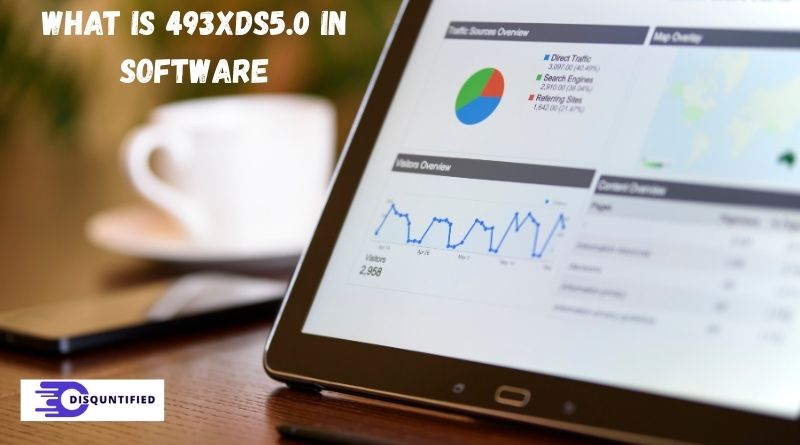Introduction to 493xds5.0 in Software
In the world of technology and digital systems, new terms, codes, and identifiers often emerge to represent unique versions, updates, or frameworks. One such term gaining attention is what is 493xds5.0 in software. While it may look like a cryptic string at first, this identifier plays a significant role in certain software environments, particularly in testing, version control, and system optimization. For developers, analysts, and IT professionals, understanding the meaning and purpose of such identifiers can help streamline operations, troubleshoot issues effectively, and ensure compatibility within software ecosystems.
Understanding the Concept of 493xds5.0
To break it down, the term “493xds5.0” appears to function as a software versioning label, which is often used by development teams to represent a specific release or an internal build of a system. In software engineering, version codes like this allow teams to distinguish between different iterations of a program, ensuring that all stakeholders are aligned with the same version during testing or deployment. Therefore, when asking what is 493xds5.0 in software, it is important to see it as more than a random code—it symbolizes a structured approach to tracking software development cycles.
Role of 493xds5.0 in Software Development
Version identifiers such as 493xds5.0 are essential for managing software lifecycles. They help developers identify which updates, patches, or experimental features belong to a particular release. For example, if an application has undergone major improvements in stability or added new functions, assigning a unique identifier like 493xds5.0 ensures that developers and users can reference that exact build. In practice, this minimizes confusion, prevents errors in implementation, and supports systematic documentation. This is why teams constantly refer to these identifiers when discussing compatibility or troubleshooting issues.
Importance in Quality Assurance and Testing
One of the most critical aspects of software development is quality assurance, and this is where identifiers such as 493xds5.0 come into play. Testers rely on these codes to confirm they are evaluating the correct version of the software. If multiple builds exist simultaneously, not having a proper identifier could lead to inaccurate test results or overlooked bugs. Thus, understanding what is 493xds5.0 in software is vital for testers, since it provides them with a clear reference point for their reports and analysis.
Practical Applications of 493xds5.0
In real-world scenarios, version codes like 493xds5.0 are not just theoretical—they guide teams during software deployment. For instance, companies often roll out new software builds to a limited group of users before a full-scale launch. These trial releases need to be monitored carefully, and identifiers such as 493xds5.0 are used to log issues, track performance, and ensure improvements are recorded against the right version. This process ensures stability and reduces risks before software reaches a wider audience.
Benefits for Developers and Users
When developers label their work with identifiers like 493xds5.0, it enhances collaboration within teams. Each developer knows which version they are working on, which minimizes redundancy and confusion. Similarly, for end-users, having a clear identifier helps in reporting problems. Instead of saying “the software is not working,” users can specify that the issue occurred in build 493xds5.0, which speeds up the troubleshooting process.
Conclusion
In summary, what is 493xds5.0 in software can best be understood as a unique version identifier used to track, manage, and optimize different builds within the software development process. It is more than just a random combination of letters and numbers—it is a systematic way of organizing complex workflows, ensuring quality, and enabling effective communication between developers, testers, and users. As software development continues to evolve rapidly, identifiers like 493xds5.0 will remain essential for managing complexity and ensuring efficiency in digital environments.

